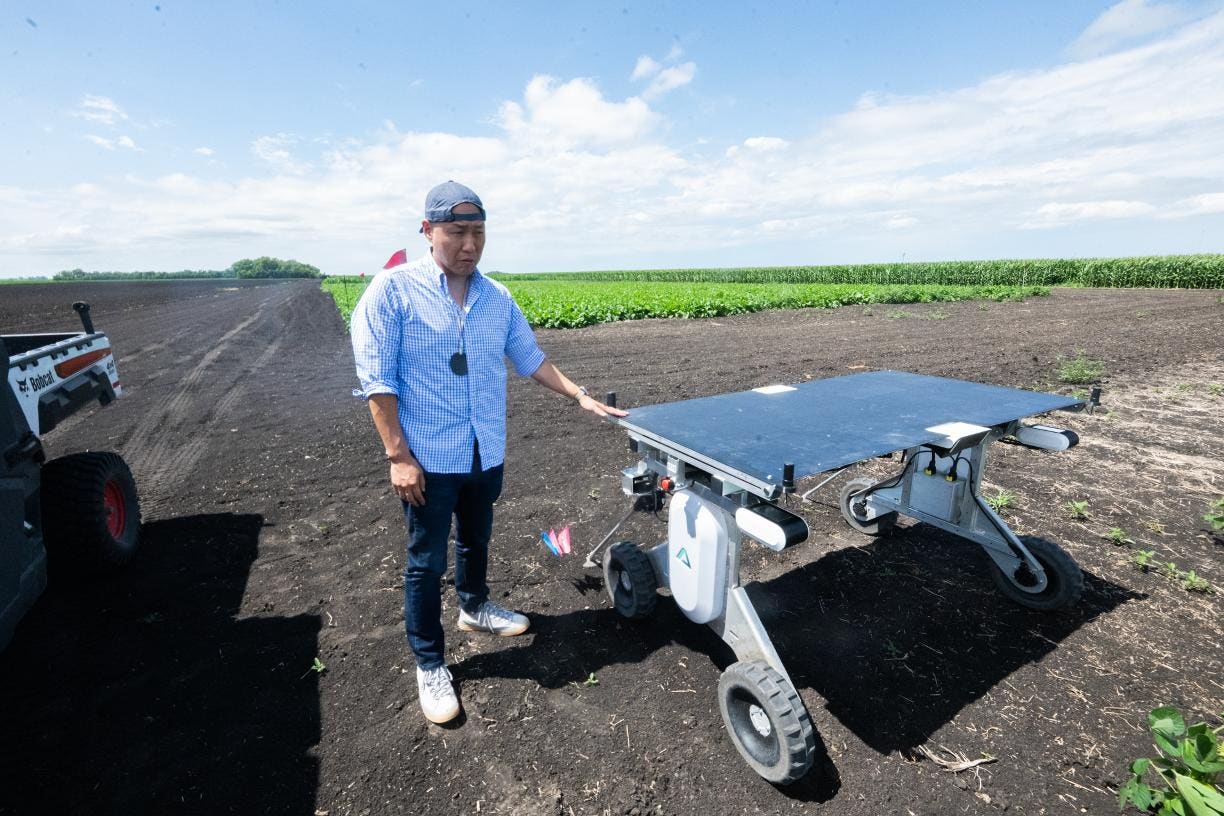Security is drowning in data but lacking clarity. A unified, AI-native risk platform can finally tie exposures to business impact and guide decisions that matter.
getty
Security teams today are surrounded by information yet starved for clarity. They track thousands of vulnerabilities, alerts, and exposures across hybrid environments while executives demand clear answers to simple questions: How bad is it? What’s the risk? What should we fix first?
For decades, these two conversations — technical and business — have operated on parallel tracks. Exposure management platforms scan and detect; risk quantification tools estimate losses and probabilities. The connection between them is often manual, slow, and inconsistent. As a result, leaders struggle to make timely, defensible decisions about where to focus resources or how to justify security spending.
A unified, AI-native platform could change that dynamic. By linking real-time exposure data with financial and operational risk models, such a system would allow organizations to see not just what’s vulnerable, but what truly matters. It could show, for example, how a single misconfiguration in a cloud workload translates into potential financial impact — or how remediating one identity exposure might reduce aggregate risk more than patching a dozen servers.
From Data to Decisions
Artificial intelligence is the missing ingredient. Traditional platforms rely on periodic scans and static correlation. AI, when applied responsibly, can ingest streaming telemetry, map dependencies, and calculate potential impact continuously. It can detect patterns across disparate datasets — asset inventories, threat intelligence, business process models — and present them in a shared, interpretable framework.
That framework becomes the “living source of truth” every CISO wants: continuously refreshed, explainable, and tied directly to business context. Rather than reconciling dashboards from vulnerability, compliance, and finance teams, leaders could rely on a single system that answers key questions dynamically: Where is our risk increasing? What actions reduce it fastest? How do those changes translate into measurable value?
The benefits go beyond efficiency. When security and business metrics align, accountability improves. Executives can measure risk reduction the same way they track revenue growth or customer retention. Regulators and boards gain transparency. And front-line defenders gain confidence that their efforts move the organizational needle.
Momentum Toward Convergence
The industry has started moving in this direction. Safe’s acquisition of Balbix is one example of the convergence between continuous exposure management and cyber risk quantification. Safe has specialized in translating technical signals into business-level metrics; Balbix focused on automating exposure discovery and exploitability analysis.
By joining forces, the companies aim to deliver what many security leaders have long wanted: a single, AI-driven platform that unifies visibility and impact. “Together, we can tie every exposure to business risk and drive immediate, decisive action,” Balbix founder Gaurav Banga said in the announcement.
It’s an ambitious goal and an encouraging signal for the market. But it also underscores how complex the problem remains. Integrating two mature data models, ensuring explainability of AI-generated insights, and avoiding tool sprawl are challenges that any vendor — or enterprise — must solve to make this vision real.
Chris Hornfeldt, senior director of cyber risk at Molina Healthcare, who has been a customer of both SAFE and Balbix shared, “We’ve been waiting for this level of integration. Together, they are building exactly what every CISO needs.”
Trust, Transparency, and the Human Factor
Automation is only useful when it’s trusted. As AI begins to take on more decision-making authority, transparency becomes non-negotiable. Security leaders must be able to trace how an algorithm reached its conclusion, what data it relied on, and what assumptions it made.
Explainability isn’t just a governance checkbox; it’s how collaboration happens. A CISO needs to show a CFO why one fix matters more than another. Engineers need to understand how the system prioritizes risk reduction. Auditors need reproducible evidence that the AI is operating within policy.
The human factor remains central. AI can accelerate triage, but people still decide acceptable risk. AI can identify anomalies, but context — business mission, timing, stakeholder impact — comes from human judgment. The goal is not to replace decision-makers but to give them better, faster intelligence.
A New Model for Risk Governance
The shift toward unified, AI-native platforms represents more than a technology trend; it’s a rethinking of governance. Security is no longer a collection of technical controls but a measurable business function. Quantified, continuously updated risk metrics allow organizations to manage cyber risk the way they manage credit risk or operational risk — with clear thresholds, shared vocabulary, and defensible decisions.
That evolution won’t happen overnight. It demands integration across tools, trust in AI-assisted analytics, and collaboration between teams that historically operated in silos. But the direction is clear: visibility and impact must merge.
Safe’s move is an early marker of that convergence, but it won’t be the last. Vendors, analysts, and enterprises alike are recognizing that the future of cybersecurity depends not on collecting more data, but on making that data intelligible and actionable.
Ultimately, success will hinge on a deceptively simple goal — one system, one language, one truth about risk. The organizations that achieve it will move faster, spend smarter, and sleep better. Those that don’t will keep drowning in data and guessing at decisions.









